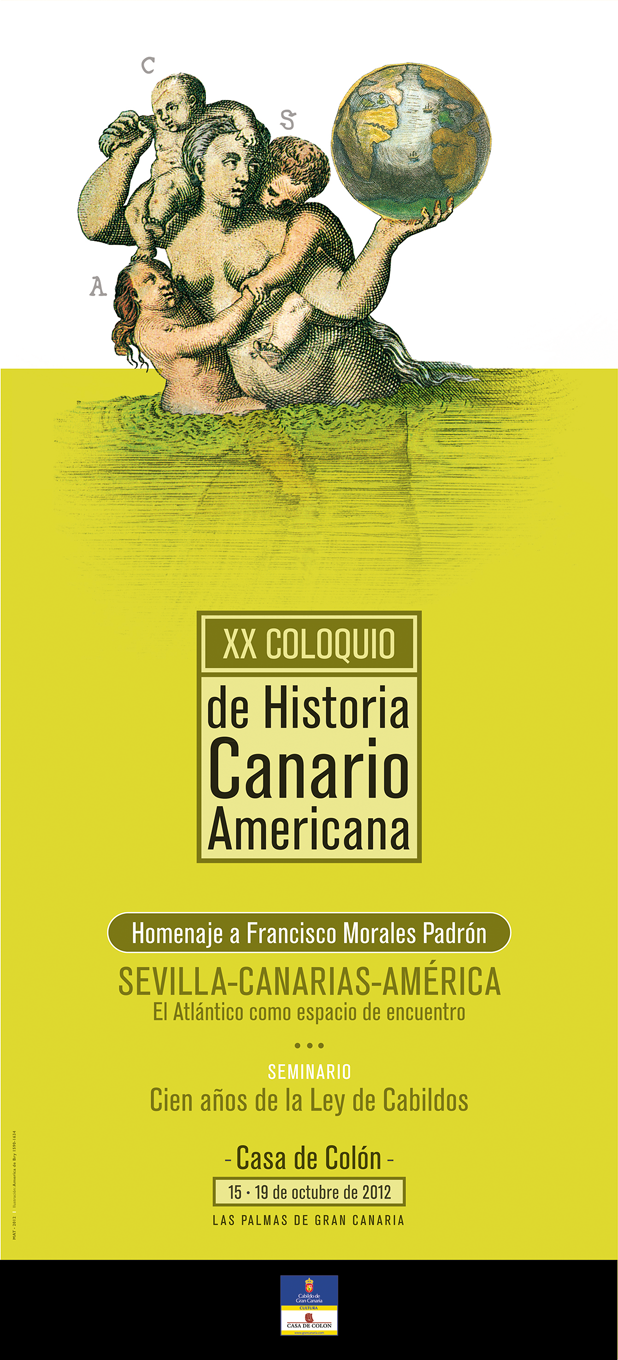Hambre, residuos y alimentación humana / Hunger, waste and human nutrition
Palabras clave:
hambre, pérdidas y residuos alimentarios, alimentación humana, ayuda alimentaria, food, losses and food waste, human nutrition, food aidResumen
Lejos de haberse reducido en las últimas décadas, elhambre crónica sigue afectando a una poblacióncreciente a nivel mundial, alcanzandoaproximadamente una persona de cada siete. Estapreocupante tendencia se ha visto acelerada, en las dosúltimas décadas, por el ascenso de la malnutrición enlos países industrializados. Paralelamente, la conciencia relativa a la parte querepresentan los residuos alimentarios en el total de losresiduos generados es reciente: se estima que un terciodel total de los alimentos producidos en el mundo sedesperdician. Hecho sorprendente si se toma enconsideración que gran parte de dichos residuos sonaptos para el consumo humano, y que los bancos dealimentos se encuentran con serias dificultades paraabastecer la creciente demanda de ayuda alimentaria.El objeto de esta comunicación consiste en un primeracercamiento al estado de la cuestión de los restos yresiduos de la cadena agroalimentaria, y su relacióncon cuestiones de alimentación humana.
Chronic hunger, far from having diminished over thelast decades, keeps haunting a growing population on aglobal scale and affects worldwide approximately oneout of seven people. This worrying tendency has evenincreased over the last two decades, due to the risingmalnutrition in industrialised countries.Another recent development is that people havebecome more aware of the actual proportion of foodwaste within general waste: it is estimated, that aboutone third of all food produced in the world is wasted. This is indeed a surprising fact if we take into accountthat a large part of this food waste is actually suitableto be consumed by human beings, while food banksare struggling hard to provide a growing number ofpeople with food aid. The aim of our paper is double. First, we will have alook at the remains and the waste that are currentlyproduced by the food chain; second, how this is relatedto the question of human nutrition.




